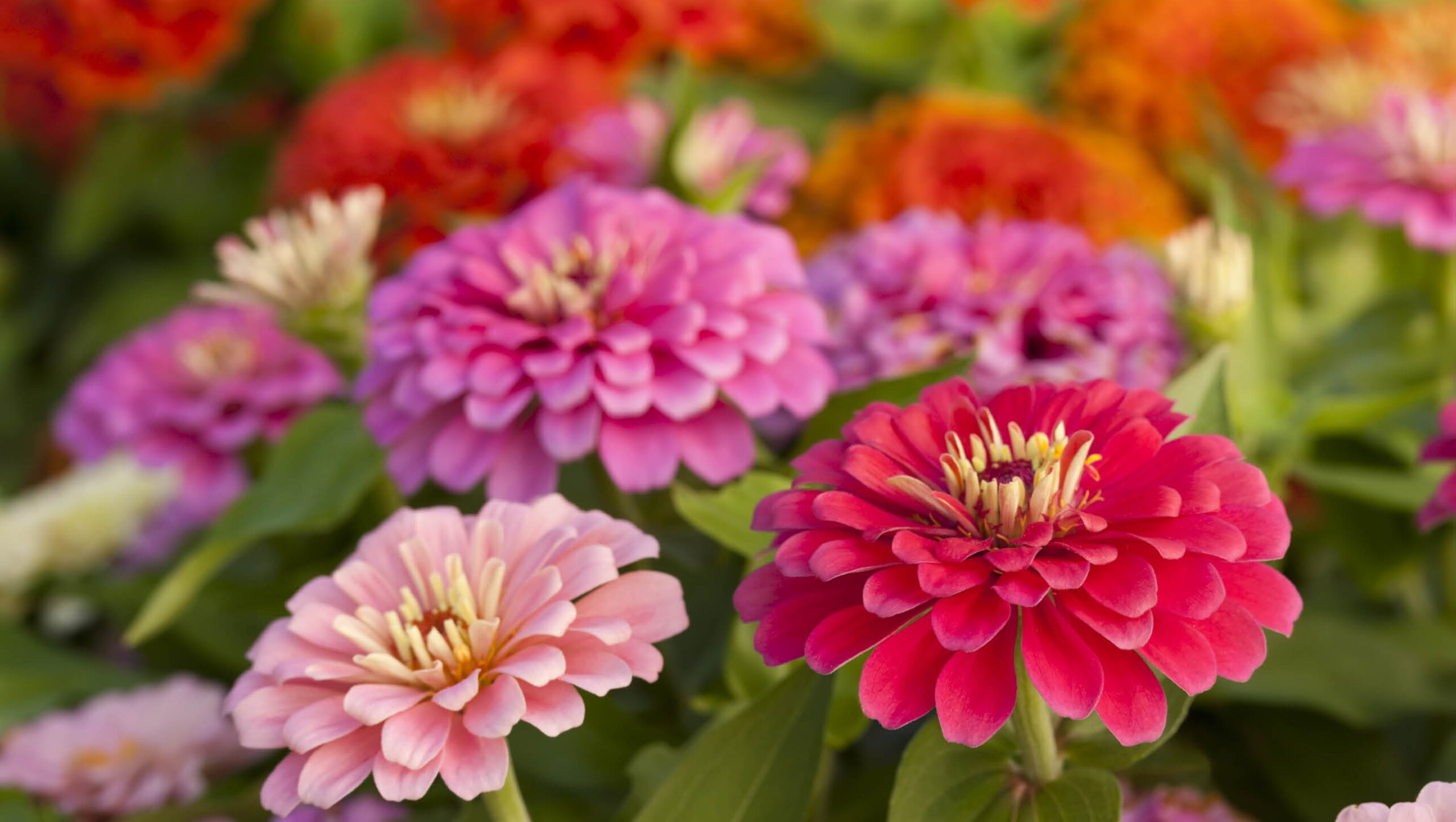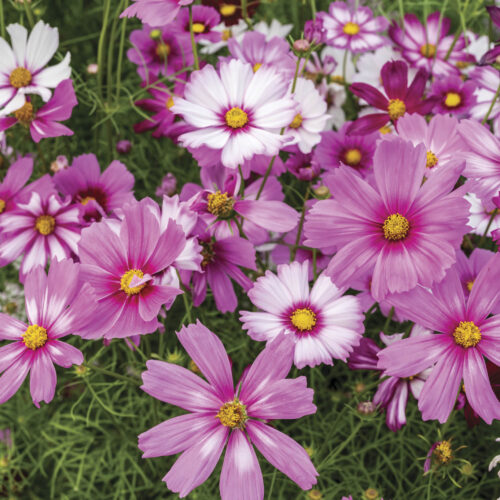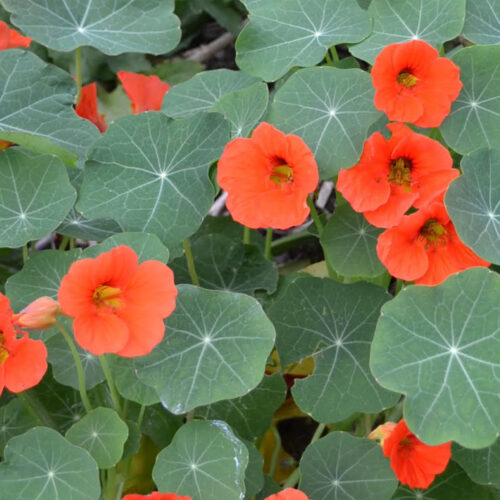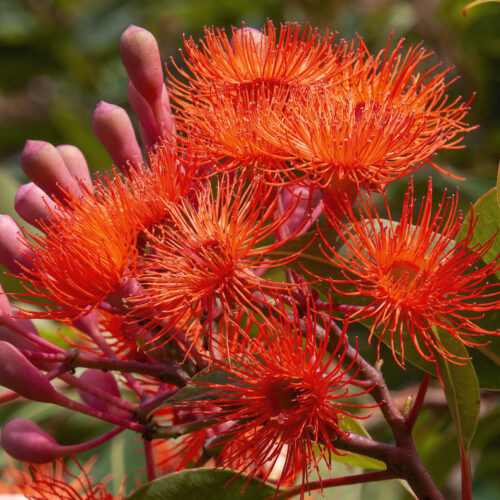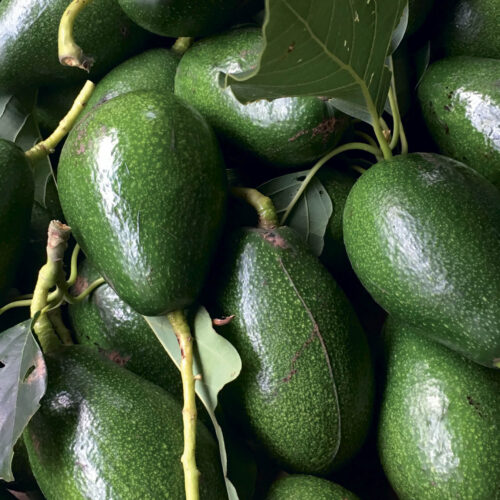Uplifting annuals
2009-12-22T02:57:15+11:00
PENNY WOODWARD brings colour and buzz to the organic garden with some favourite annual flowers.
With sustainable gardening, the focus is naturally on growing productive, edible plants, but there’s also a role and place for vibrant annual flowers. In spring, their colours give us a not-to-be underestimated emotional lift after the dolorous winter days, while as summer approaches they hum with bees and other insects, creating a rich, almost sensual place.
The healthiest flowers, with the strongest colours and scents, attract the most visits from bees. This benefits the whole garden. And you should not be reluctant to pick the blooms as this encourages new flowers and helps the plants thrive. The vast majority of commercial cut flowers are grown with chemicals, so growing your own organic blooms has many plusses.
There are a mass of annual flowers to choose from, but five of my favourites are described below. They all need sunny positions, a well-drained, well-composted soil and a reasonable supply of water during hot, dry weather. They benefit from seaweed fertiliser when young, and blood and bone once they are growing well. All grow relatively easily from seed or can be purchased as seedlings.
Zinnias
For sheer vibrant colour, it’s hard to go past zinnias and their scarlet, yellow, orange and pink flowers. Grow them from seed sown directly into the garden in spring and early summer in temperate regions, or in winter to late summer in the sub-tropics and tropics. Seed germinates in 6–10 days. They like full sun and are only moderately frost-hardy. Plants get to 1.2 metres in height, although ‘Thumbelina’ is a dwarf form that reaches only 20cm.
Petunias
The ubiquitous petunia provides a continuous flowering over a long period with a magnificent array of colours and shades including pink, white, red and purple. Sow seed into seed trays with a good quality seed-raising mix and only a very light covering of mix over the top. They will germinate in about 12 days and can be transplanted once they are big enough to move. Petunias grow well from tropical to temperate regions. In warmer regions, sow seed from winter to early summer.
Cornflowers
Old-fashioned flowers near to my heart are the brilliant blue cornflowers that come originally from the Mediterranean. They are very cold-tolerant, and can be grown from seed sown into seed trays in autumn and spring in cold regions, or in summer and autumn in temperate and sub-tropical regions. Germination is slow, taking two to three weeks, and new seedlings are transplanted when about 7cm high. They do best with morning sun and may need to be protected from snails. There are cultivars with white and pink flowers, as well as different shades of blue.
Verbenas
These are short-lived perennials that are usually grown as annuals. They are drought- and-heat tolerant, and will grow in most soils to a height of about 30cm. They are very free-flowering, with colours such as pink, red, salmon, white, blue and purple. Seed can be sown all year except winter in temperate and sub-tropical regions, and in autumn in the tropics. Don’t over-fertilise, or there will be too much leaf growth and not enough flowers.
Love-in-a-mist
Probably the easiest to grow of these five flowers is love-in-a-mist. The delicate, feathery foliage and ethereal pale blue flowers belie their toughness. They can be sown directly into the garden at most times of the year (but autumn is best). Germination takes two to three weeks. Love-in-the-mist grows well all over Australia, except in the tropical north. It likes sun or semi-shade, and the distinctive, attractive seed heads are popular in dried flower arrangements. These plants self-sow readily, so you will find new plants appearing every autumn. Plants grow to about 40cm and the flowers are blue, white, pink and purple.

